Home>Gardening & Outdoor>Landscaping Ideas>How To Get Rid Of Crabgrass


Landscaping Ideas
How To Get Rid Of Crabgrass
Modified: October 19, 2024
Learn effective landscaping ideas to get rid of crabgrass and maintain a pristine lawn. Explore expert tips and techniques for a weed-free yard.
(Many of the links in this article redirect to a specific reviewed product. Your purchase of these products through affiliate links helps to generate commission for Storables.com, at no extra cost. Learn more)
**
Introduction
**
Are you tired of battling stubborn, invasive crabgrass in your lawn or garden? If so, you're not alone. Crabgrass is a persistent and bothersome weed that can quickly take over your carefully cultivated green spaces. However, with the right knowledge and strategies, you can effectively combat and eliminate this pesky plant. In this comprehensive guide, we'll explore various methods for getting rid of crabgrass, from preventive measures to manual removal and natural remedies. By understanding the nature of crabgrass and implementing targeted control techniques, you can reclaim your turf and achieve a lush, healthy lawn or garden. Let's dive into the world of crabgrass and discover the best ways to banish it for good.
Key Takeaways:
- Preventing crabgrass is key to a healthy lawn. Regular mowing, soil aeration, and using pre-emergent herbicides can help keep crabgrass at bay.
- Natural remedies like vinegar, boiling water, and corn gluten meal offer eco-friendly options for controlling crabgrass without using chemicals.
Read more: How To Get Rid Of Crabgrass In Yard
Understanding Crabgrass
Before delving into eradication methods, it’s crucial to grasp the characteristics of crabgrass. Crabgrass (genus Digitaria) is an annual weed that thrives in lawns, gardens, and other cultivated areas. With its low-growing, sprawling nature, crabgrass can quickly overtake desirable grasses and plants, disrupting the uniformity and aesthetics of your landscape. Identifying crabgrass is relatively straightforward, as it features wide, flat blades and produces distinctive finger-like seed heads. This aggressive weed germinates in the spring, flourishes throughout the summer, and produces copious amounts of seeds, ensuring its persistence in the environment.
Crabgrass is adept at thriving in adverse conditions, such as compacted soil, and can outcompete desired grass species for essential nutrients, water, and sunlight. Its rapid growth and prolific seed production make it a formidable adversary for homeowners and gardeners striving to maintain pristine outdoor spaces.
Understanding the life cycle and growth habits of crabgrass is essential for devising effective eradication strategies. By familiarizing yourself with the enemy, you can better equip yourself to combat its encroachment and prevent future infestations. Now that we’ve gained insight into crabgrass’s behavior and characteristics, let’s explore proactive measures for preventing its establishment and proliferation.
Prevention and Maintenance
Effectively managing crabgrass begins with proactive prevention and ongoing maintenance practices. Here are some key strategies to keep this invasive weed at bay:
- Lawn Care: Maintaining a healthy, dense lawn is one of the most effective ways to prevent crabgrass infestations. Regular mowing, proper watering, and adequate fertilization promote strong turf growth, reducing the likelihood of crabgrass intrusion.
- Soil Aeration: Aerating the soil alleviates compaction and enhances the overall health of the lawn, making it more challenging for crabgrass to take hold.
- Overseeding: Introducing new grass seed to existing turf helps fill in bare patches, minimizing opportunities for crabgrass to establish itself.
- Mulching: Applying a layer of mulch in garden beds and around ornamental plants suppresses weed growth, including that of crabgrass, while conserving soil moisture.
- Weed Control Products: Pre-emergent herbicides can be applied in early spring to inhibit crabgrass seed germination, providing a preemptive strike against infestations.
By implementing these preventive measures and maintaining a vigilant approach to lawn and garden care, you can significantly reduce the likelihood of crabgrass encroachment. However, if crabgrass has already infiltrated your landscape, it’s essential to address the issue promptly. In the following sections, we’ll explore methods for removing existing crabgrass, including manual removal, chemical control, and natural remedies. Let’s roll up our sleeves and tackle this weed head-on!
Manual Removal
When dealing with isolated crabgrass patches or small infestations, manual removal can be an effective and environmentally friendly approach. Here’s how to tackle crabgrass using manual methods:
- Hand Pulling: For individual crabgrass plants or small clusters, carefully grasp the base of the weed near the soil surface and gently pull upward, ensuring to extract the entire root system. This method is best employed when the soil is moist, as it facilitates easier removal of the entire plant.
- Weeding Tools: Utilize specialized weeding tools, such as dandelion diggers or hand weeders, to target crabgrass in lawns and garden beds. These tools enable precise removal while minimizing disturbance to surrounding vegetation.
- Regular Inspections: Routinely inspect your lawn and garden areas for emerging crabgrass seedlings, and promptly remove them before they become established. Consistent vigilance is key to preventing crabgrass from spreading and setting seed.
While manual removal can be effective for small-scale crabgrass control, it may be impractical for larger infestations or extensive lawn areas. In such cases, combining manual methods with other control measures, such as chemical treatments or natural remedies, may yield more comprehensive results. As we continue our quest to banish crabgrass, let’s explore chemical control options for tackling larger infestations and persistent weed growth.
Regularly mow your lawn at the proper height (3-4 inches) to prevent crabgrass from taking hold. This helps shade the soil and prevent crabgrass seeds from germinating.
Chemical Control
When faced with widespread or persistent crabgrass infestations, chemical control methods can provide an effective means of eradication. Here are some key considerations and approaches for utilizing herbicides to combat crabgrass:
- Pre-Emergent Herbicides: These products are designed to prevent crabgrass seeds from germinating, offering a proactive solution for controlling this weed. Timing is critical when applying pre-emergent herbicides, as they should be used before crabgrass seeds begin to sprout in the spring.
- Post-Emergent Herbicides: For existing crabgrass plants, post-emergent herbicides can be applied to actively growing weeds. Selective herbicides target specific weed species while minimizing harm to desirable grasses and plants.
- Spot Treatments: Use targeted spot treatments to address localized crabgrass outbreaks while minimizing the impact on surrounding vegetation. This approach allows for precise application and effective control of problem areas.
- Follow Label Instructions: When using herbicides, always carefully read and follow the product label instructions. Adhering to recommended application rates, timing, and safety precautions is essential for achieving optimal results while minimizing environmental impact.
It’s important to note that while herbicides can be valuable tools for managing crabgrass, they should be used judiciously and in accordance with local regulations. Additionally, alternative control methods, such as natural remedies, can complement chemical treatments and contribute to a more sustainable and holistic approach to weed management. In the following section, we’ll explore natural remedies for controlling crabgrass, offering eco-friendly options for those seeking chemical-free solutions. Let’s delve into the realm of natural remedies and discover how to combat crabgrass using organic and environmentally conscious methods.
Read more: How To Get Rid Of Furniture
Natural Remedies
For those seeking environmentally friendly and chemical-free approaches to crabgrass control, natural remedies offer viable alternatives. Here are several natural methods to combat crabgrass and promote a healthier, more resilient lawn or garden:
- Vinegar Solution: A solution of household vinegar can be applied to crabgrass foliage to desiccate and inhibit growth. While effective, it’s essential to avoid overspray onto desirable plants, as vinegar can harm or kill vegetation on contact.
- Boiling Water: Pouring boiling water directly onto crabgrass plants can scald and kill them. Exercise caution when using this method, as boiling water can also harm nearby plants and grass if not applied carefully.
- Corn Gluten Meal: This natural byproduct of corn processing acts as a pre-emergent herbicide, inhibiting the germination of crabgrass seeds. Applying corn gluten meal in early spring can help prevent crabgrass from taking root in your lawn or garden.
- Manual Thatch Removal: Thatch, a layer of dead grass and organic matter, can provide an ideal environment for crabgrass to thrive. Regular dethatching can disrupt crabgrass growth and improve the overall health of your lawn.
- Promote Healthy Soil: Enhancing soil quality through proper aeration, organic amendments, and balanced fertilization fosters robust grass growth, making it more challenging for crabgrass to establish itself.
By incorporating these natural remedies into your weed management strategy, you can reduce reliance on synthetic chemicals while nurturing a more sustainable and eco-conscious outdoor environment. Additionally, combining natural methods with preventive measures and regular maintenance practices can fortify your lawn and garden against future crabgrass incursions. As we conclude our exploration of natural remedies, it’s evident that a multifaceted approach to crabgrass control yields the most enduring and environmentally responsible results.
Conclusion
As we’ve journeyed through the realm of crabgrass control, we’ve gained valuable insights into the nature of this persistent weed and learned diverse strategies for combating its encroachment. From preventive measures and manual removal to chemical control and natural remedies, a multifaceted approach is key to effectively managing crabgrass and maintaining a flourishing outdoor landscape.
By prioritizing proactive lawn care practices, such as regular mowing, proper watering, and soil aeration, you can create an environment that is less hospitable to crabgrass and other invasive weeds. Implementing pre-emergent herbicides at the appropriate time can further fortify your defenses against crabgrass infestations, while targeted spot treatments and post-emergent herbicides offer solutions for existing weed growth.
For those seeking organic and chemical-free alternatives, natural remedies such as vinegar solutions, boiling water, and corn gluten meal provide environmentally conscious options for crabgrass control. These methods, when combined with manual thatch removal and soil enrichment, contribute to a holistic and sustainable approach to weed management.
Ultimately, the battle against crabgrass requires vigilance, persistence, and a comprehensive understanding of the weed’s behavior and growth habits. By integrating a range of control methods and consistently monitoring your lawn and garden spaces, you can effectively minimize the impact of crabgrass and cultivate a lush, thriving outdoor oasis.
As you embark on your journey to banish crabgrass and elevate the health and beauty of your landscape, remember that a harmonious and resilient outdoor environment is within reach. With the right knowledge and a proactive mindset, you can overcome the challenges posed by crabgrass and revel in the splendor of a well-tended lawn or garden.
Frequently Asked Questions about How To Get Rid Of Crabgrass
Was this page helpful?
At Storables.com, we guarantee accurate and reliable information. Our content, validated by Expert Board Contributors, is crafted following stringent Editorial Policies. We're committed to providing you with well-researched, expert-backed insights for all your informational needs.
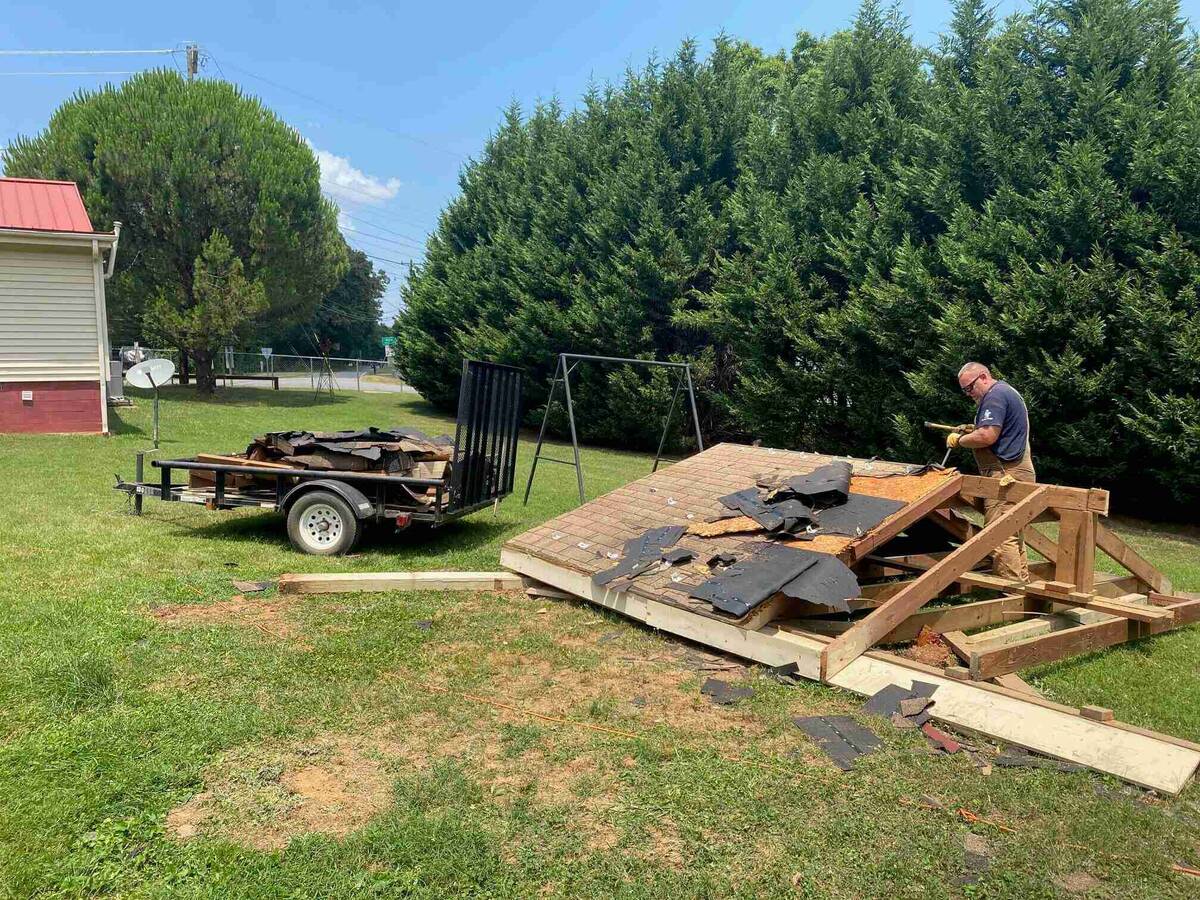


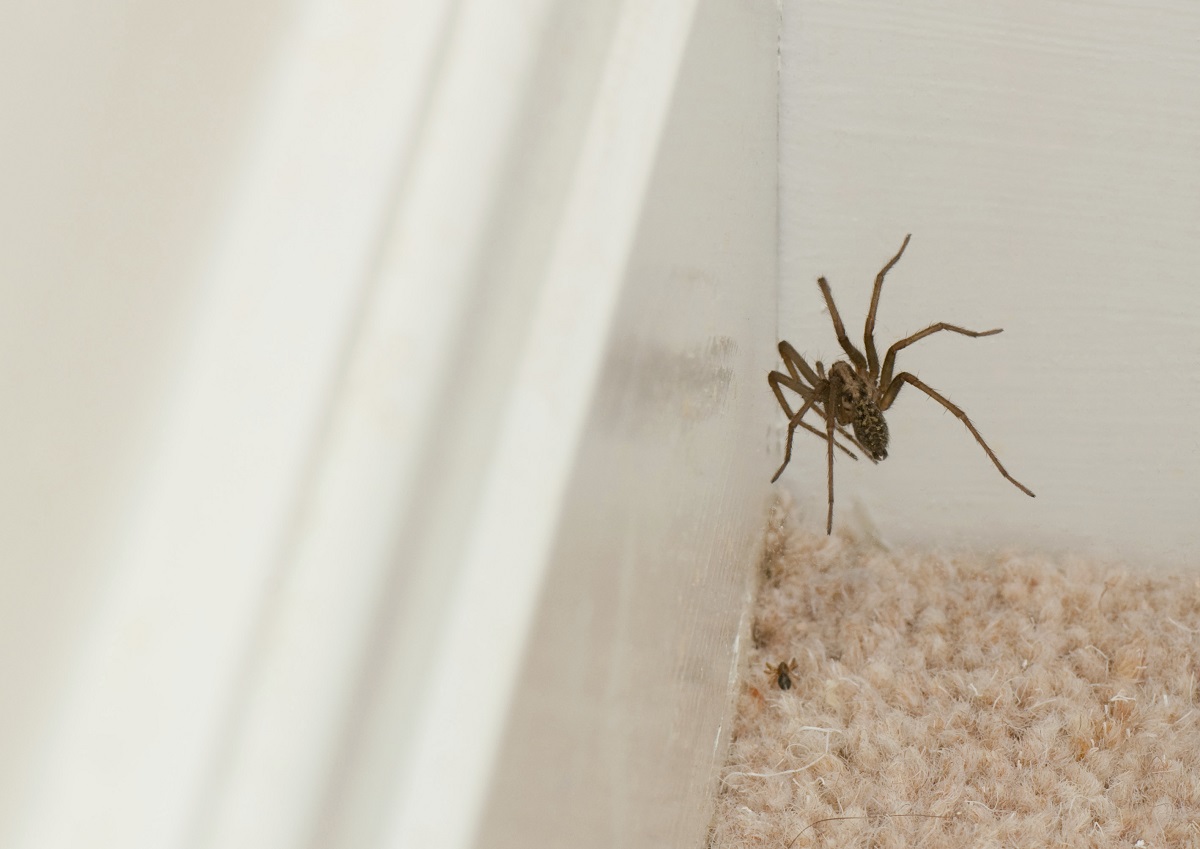


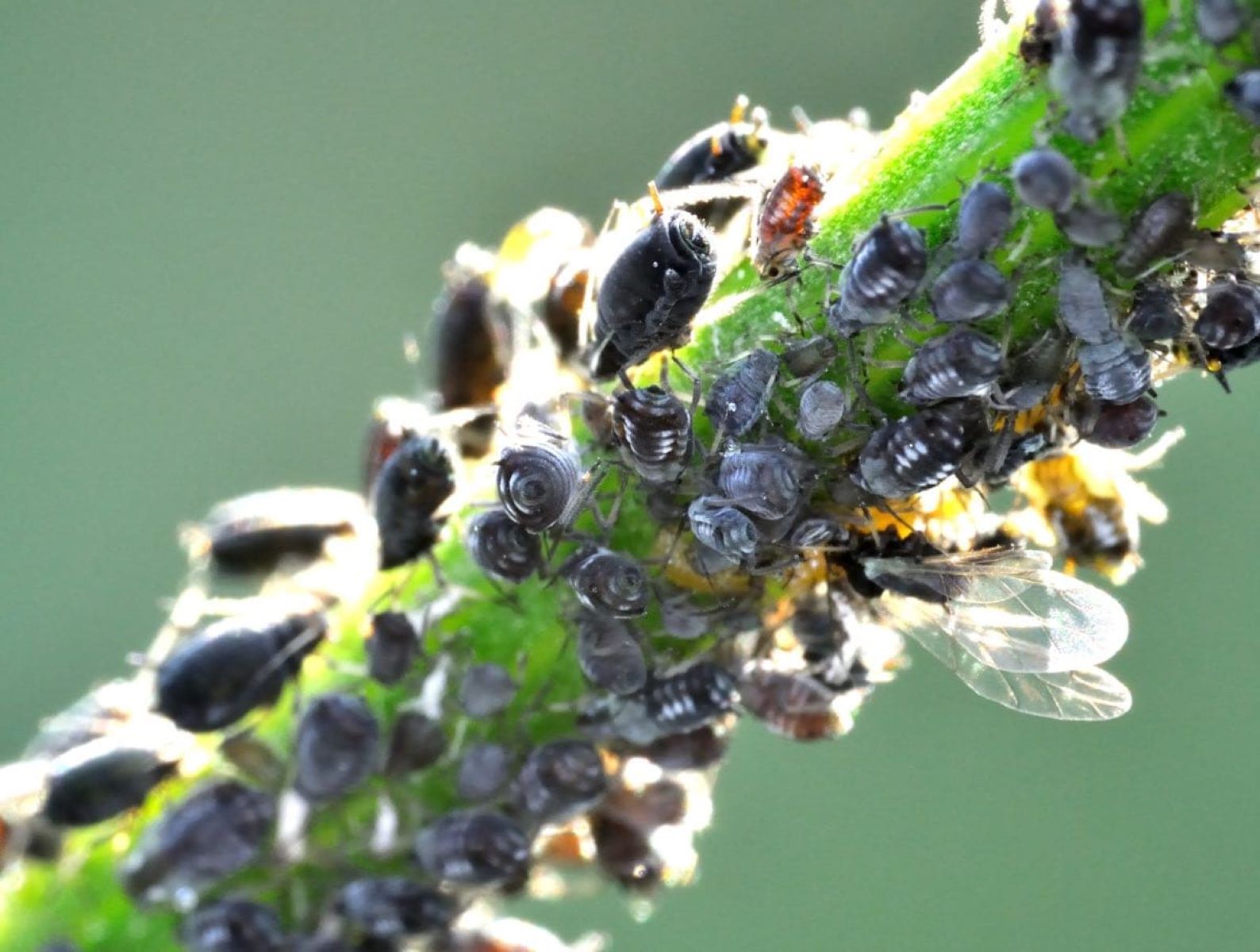
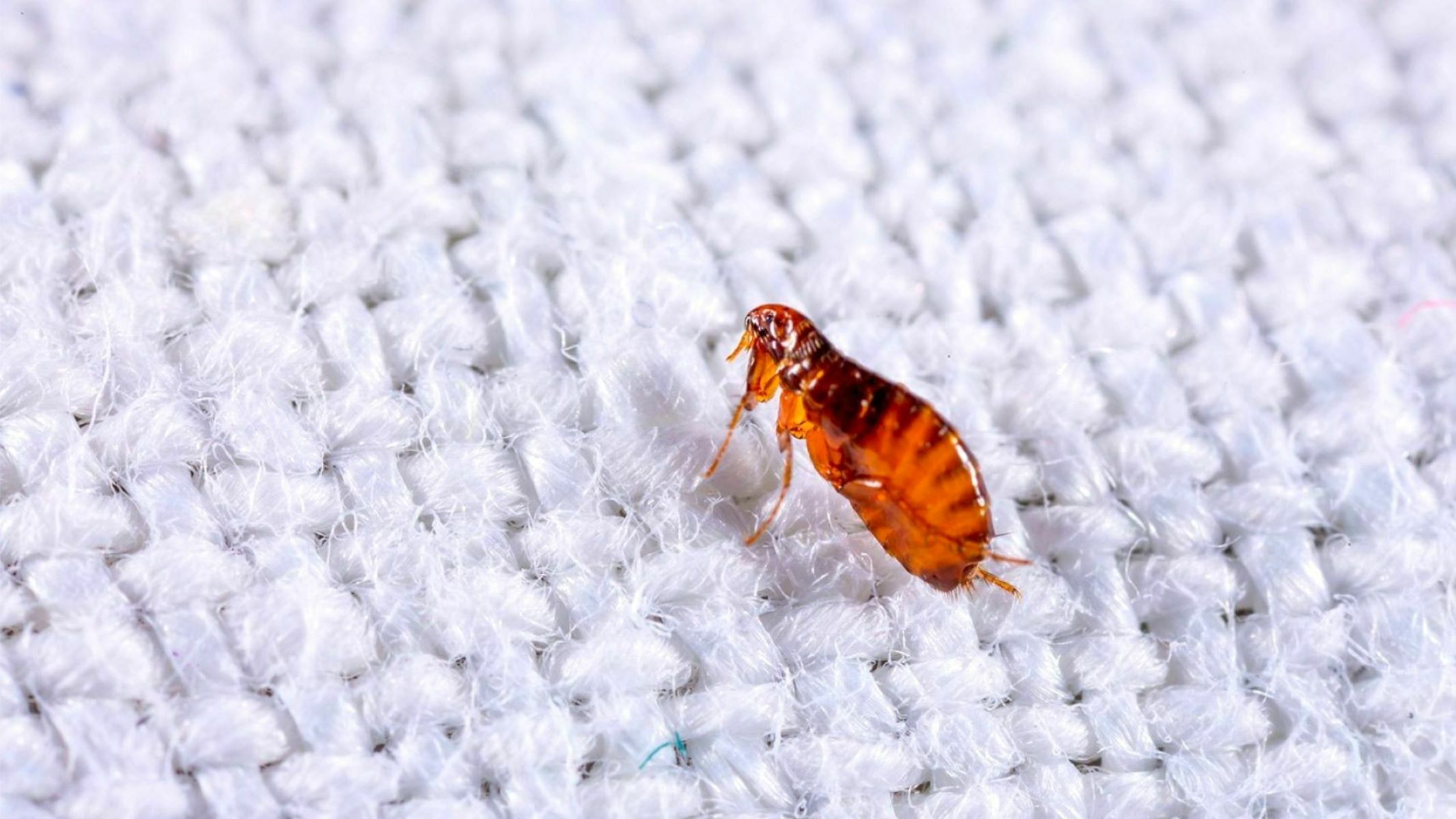

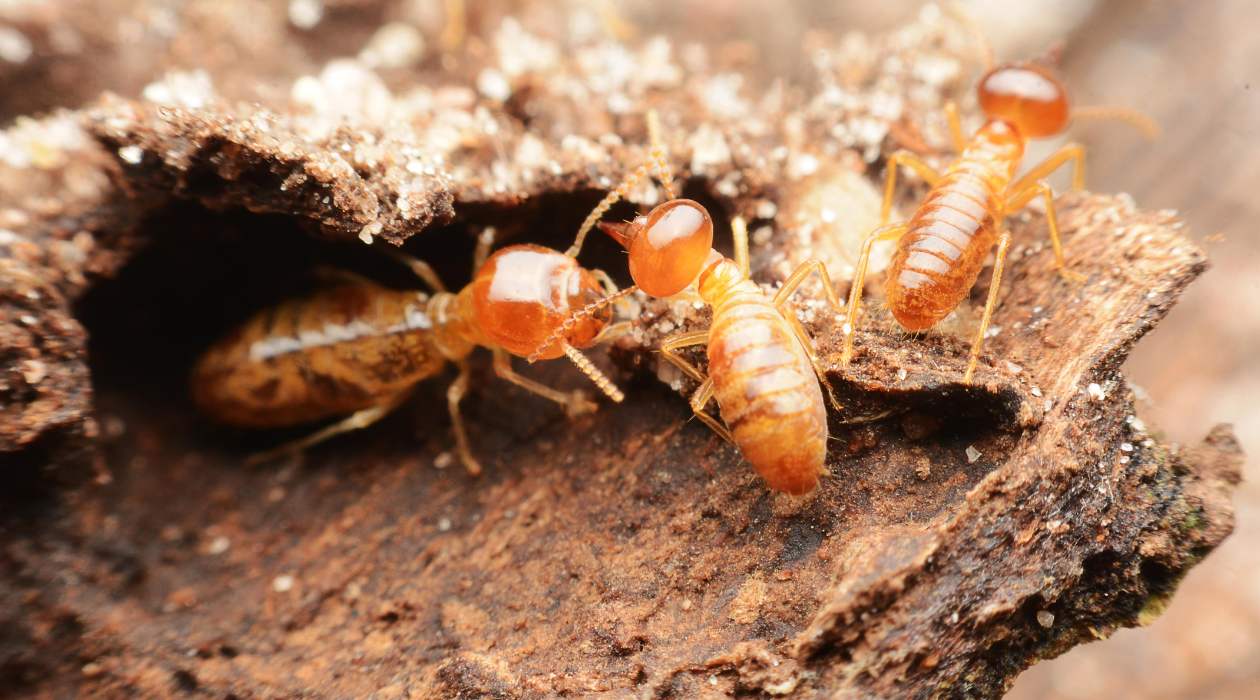
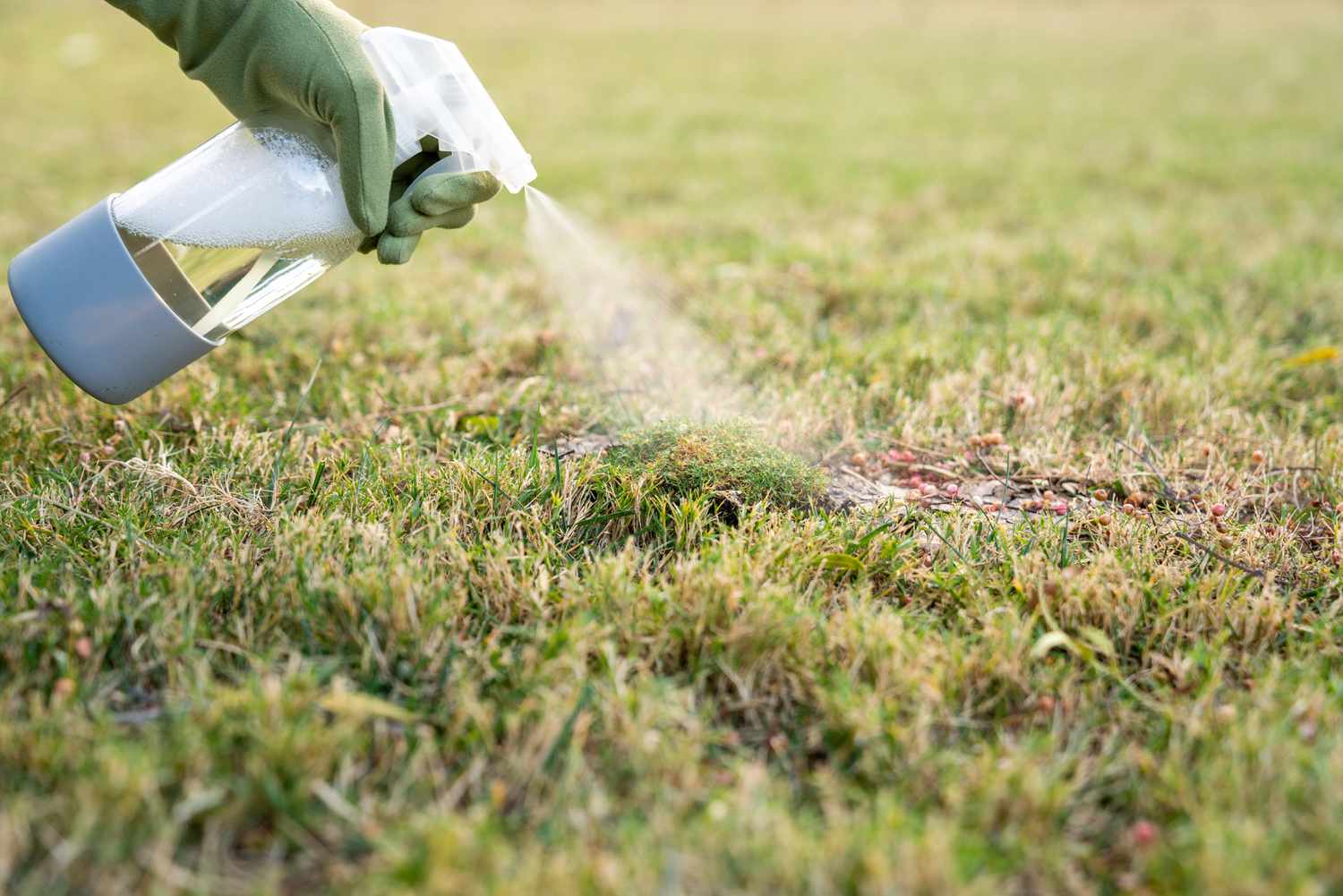
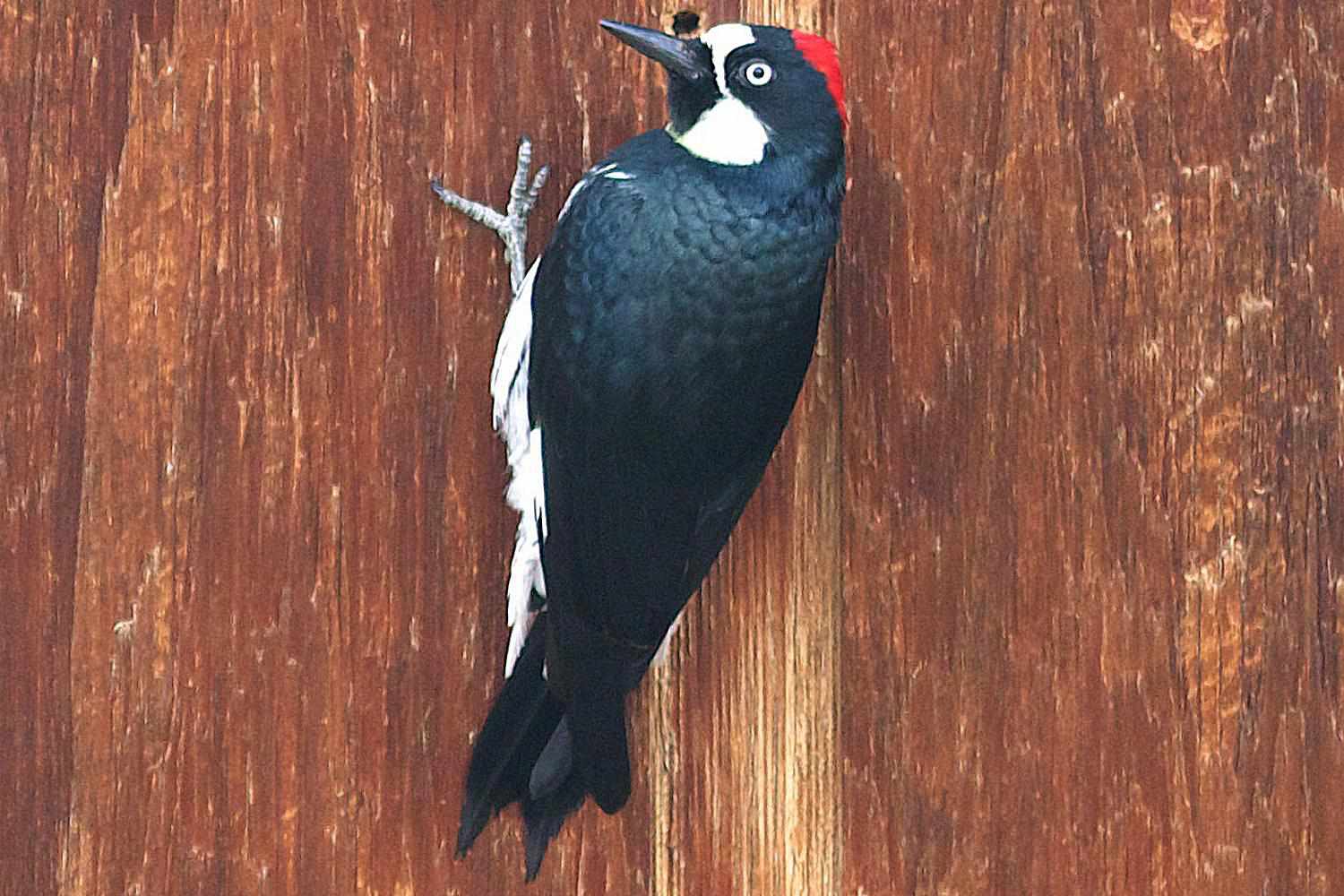



0 thoughts on “How To Get Rid Of Crabgrass”